Immersive Learning: Guiding Us into the Future
Teacher-pupil learning, classroom learning, distance learning, online learning. The means of learning have undergone a sea of change over the centuries. Today, a learner can be sitting in one time zone while the trainer may be on the opposite side of the world. Or, a learner may be acquiring skills and knowledge completely on their own with the help of digital learning programs created for set groups. eLearning is becoming the order of the day.
What is eLearning?
Electronic learning, or what we popularly call eLearning, is formalized training using some form of an electronic medium, like a computer, a smartphone, or a tablet. It may or may not be based out of a classroom but imperatively involves the use of some form of an electronic medium, preferably one connected to the internet.
eLearning, as a term, is not very old, coined just about two decades ago. Elliott Masie first used it in 1999 at the TechLearn conference in Disneyland. By 2010, eLearning moved from the confines of the computer and strode into the mobile phone.
With the internet boom and the massive invasion of smartphones, eLearning has become part and parcel of everyone’s lives in some way or the other.
What is eLearning composed of?
So, what is a typical eLearning course primarily composed of? In the simplest of terms, an eLearning course makes use of either one or a combination of elements (e.g., audio, video, or text) to deliver a course (Figure 1). Various types of eLearning courses are developed depending upon factors like content, target audience, nature of the course, technological limitations/possibilities, etc.
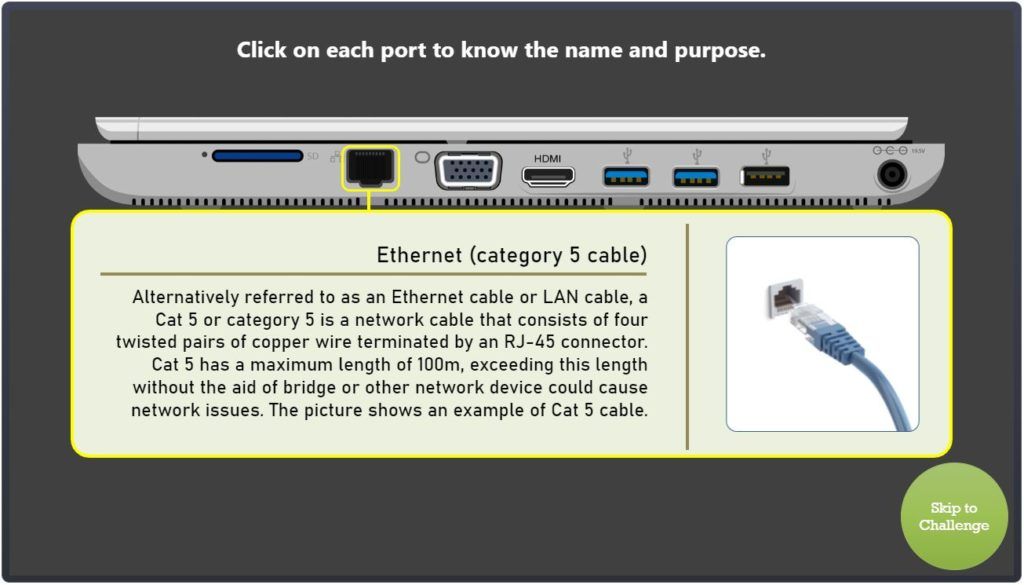
Figure 1: An example of an interactive IT course where the user has to click sections of the image to access information.
An eLearning course can be interactive or non-interactive. It can either be facilitated by a trainer, for example, an Instructor-Led Training (ILT), or an independent module-based course with an assessment. This may or may not be tracked. We could have simulation-based courses to give a hands-on experience to the learners or simply a video, a podcast, or a webinar.
One of the latest entries in the field of eLearning is immersive learning. This form of learning makes use of technologies like Virtual Reality and Augmented Reality.
What is immersive learning? What are the methodologies used?
Technology has changed at a rapid rate in the field of eLearning. There was a time when the learner merely had to click the Next button to proceed. Now, the learner can step right into the course, in other words, immerse into the course, and become an active participant. We call this immersive learning.
Immersive learning is any kind of training that places the learner in an interactive environment to get an all-around experience of a concept or skill. This experience can be physical or virtual. Since we are primarily discussing eLearning here, we assume the immersive learning, in this instance, to be virtual (Figure 2).
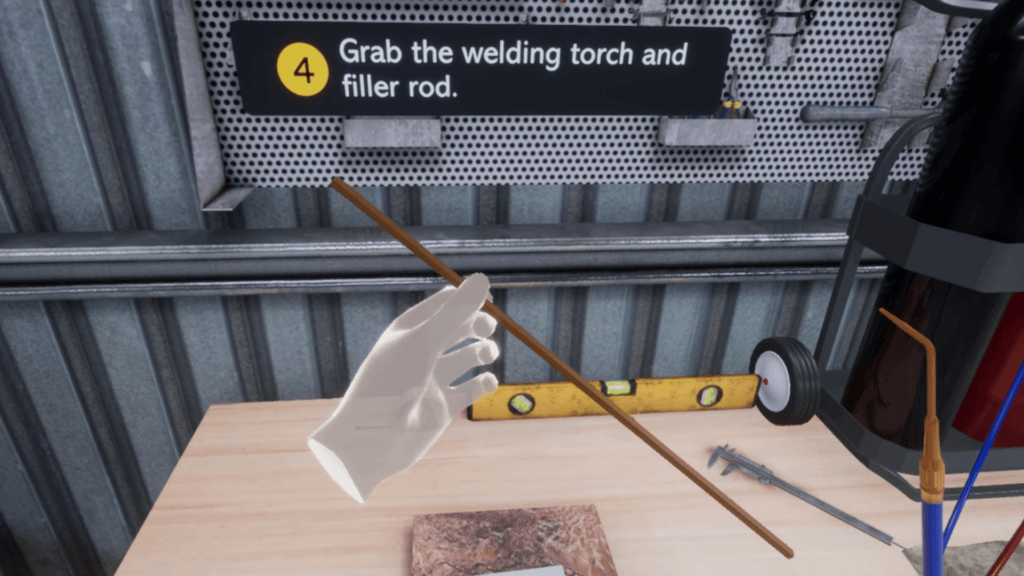
Figure 2: Practicing the welding process in a VR environment.
With the help of tech and design, realistic life-like environments are created to transport the learner into that virtual world of experiences. For example, a learner can virtually find themselves inside an operating theater and learn a lot more about a procedure than merely reading through books and articles.
How do we achieve this immersive experience? It takes a great deal of effort on the part of the graphic or 3D artist and the course developer to deliver a convincing product. The images and objects need to be as close to reality as possible and the rendering has to be smooth and jerk-free.
A simple immersive learning course can be in the form of a role play in a computer program with the learner taking on the part of a character within the play. This, however, is just a glimpse of immersive training material. With the advent of devices like Virtual Reality (VR) headsets, immersive training has entered a whole new world. We now have a virtual world of which we can be a part of and interact with virtual humans.
Virtual Reality (VR)
With realistic life-like simulations, a virtual reality course helps the learner explore unexplored grounds and get hands-on-training in the skill or concept being discussed. For example, how does a healthcare executive make arrangements for an upcoming surgery (Figure 3)?
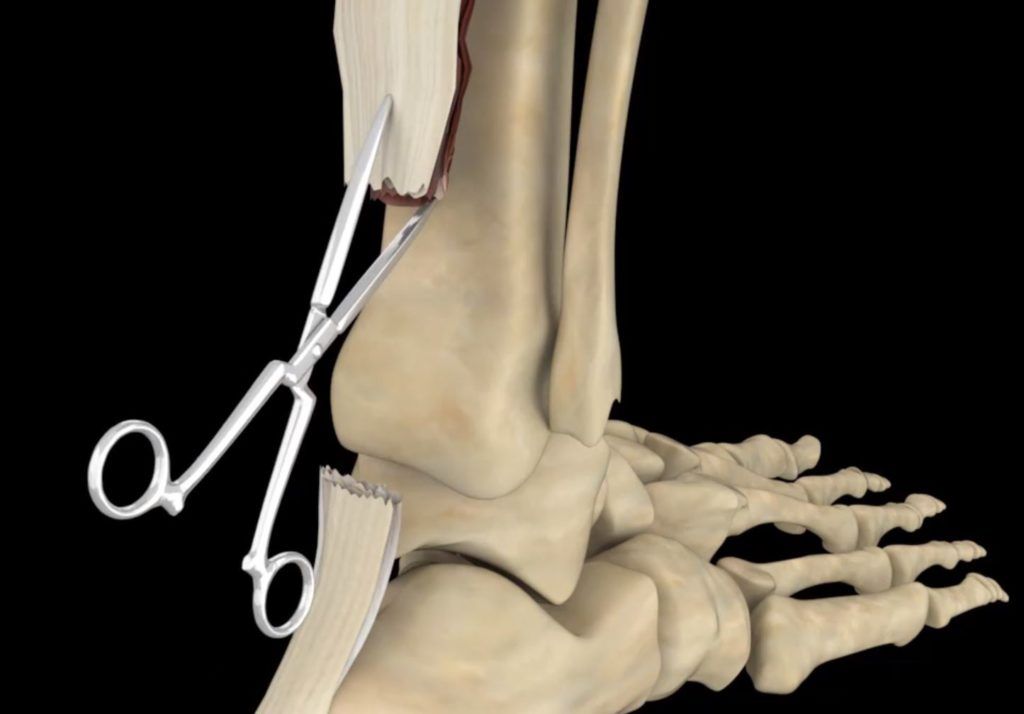
Figure 3: 3D animations of tendon repair for VR training.
Augmented Reality (AR)
With the help of AR technology and a smartphone connected to the internet, any virtual objects can be added to the real world and explored, as per requirement. For example, how about learning to operate heavy machines at a construction site? Using AR technology, place these virtual machines in a real-world scenario and explore (Figure 4). Of the various types of AR in use, the two most common are marker-based and marker-less.
Marker-based AR is also known as recognition-based or image recognition AR. Based on where the marker is placed, an object is recognized by the camera and further information is revealed. An object can be viewed from a 360-degree angle. In marker-less, also known as location-based, the app works on location detection. It provides the user with the freedom to decide where to place the virtual object. This form of AR heavily relies on technologies like a mobile phone’s GPS, accelerometer, and digital compass.
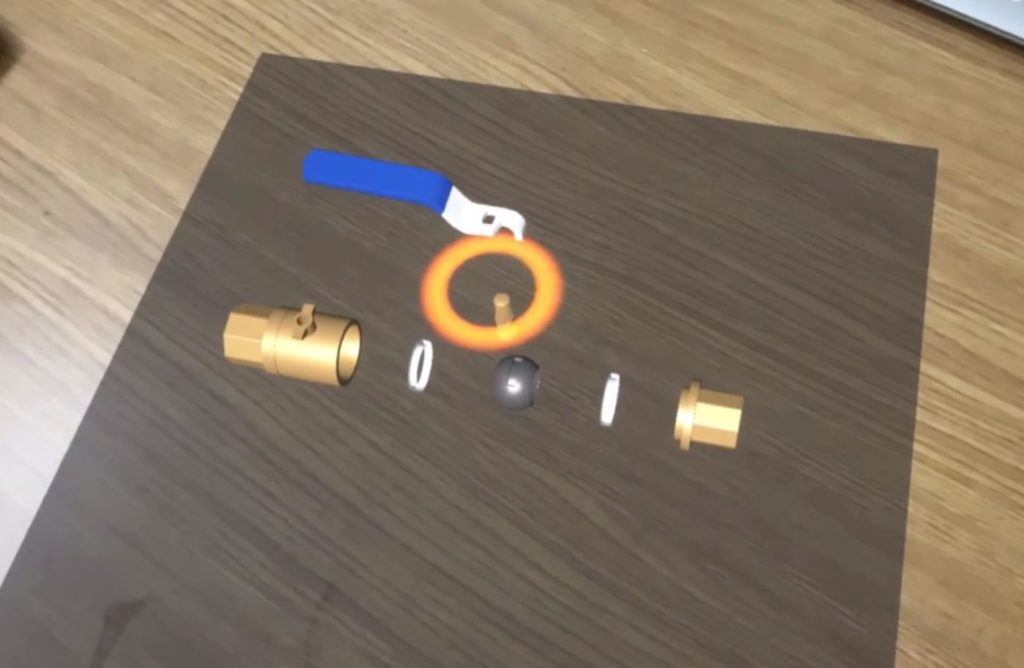
Figure 4: Teaching arrangement and working of the safety valve in Augmented Reality (AR).
Mixed Reality (MR)
As the name suggests, this form is all about a mix of the real and virtual worlds. The two worlds are brought together to create an environment where physical and virtual objects co-exist in perfect harmony. Just like VR headsets help view the virtual world, devices like HoloLens fulfill the MR purpose.
360-Degree Video
Be it an object or a place, to gain complete knowledge, one must get the complete picture. This need is fulfilled by a 360-degree video, which helps explore every angle of an object and every corner of a place.
How is immersive learning different from traditional eLearning?
In a span of a few years, technology has taken giant leaps and the field of eLearning has seen some significant changes.
Presentation
Text is no longer the most important factor. The importance is now equally shared with the presentation and technology aspect. The challenge is to create realistic environments, which calls for a great deal of precision on the part of the 3D artist.
These realistic settings should also behave naturally, making it important to do a smooth rendering with no speed-breakers. For example, a learner will be able to better understand a phlebotomy procedure by witnessing it rather than merely reading about it (Figure 5).
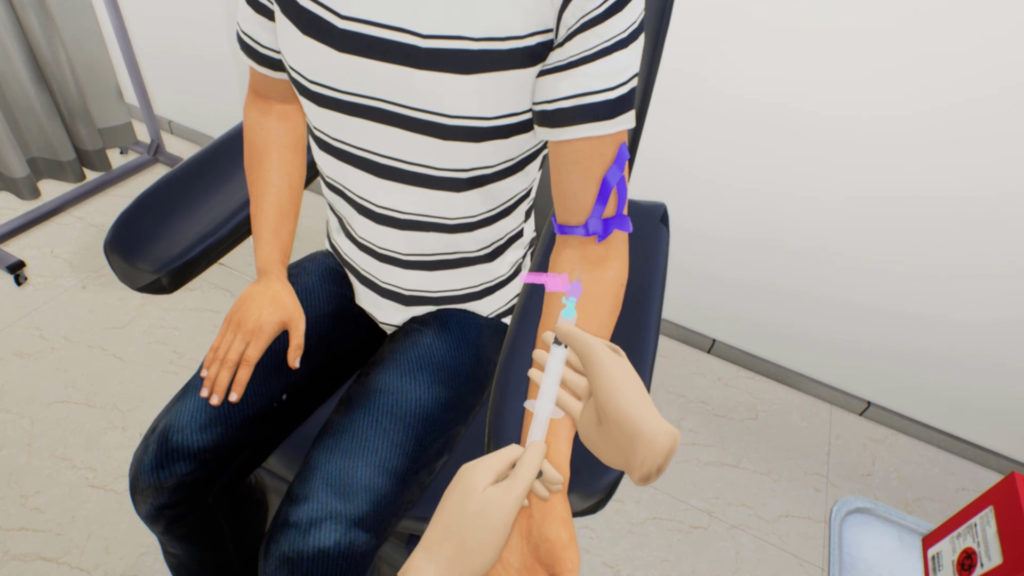
Figure 5: A person practicing phlebotomy procedures in a VR environment.
Interactivity
All immersive learning courses are heavily interactive, as opposed to their traditional versions. For example, to teach about the human anatomy, a traditional eLearning course would resort to a diagram with each part clickable to “learn more.”
Change the scene to an immersive course where the human anatomy becomes a 3D object, enabling the learner to explore and learn minute details (Figure 6). Yes, information text is needed but the visual power packs a punch and helps retain information better.
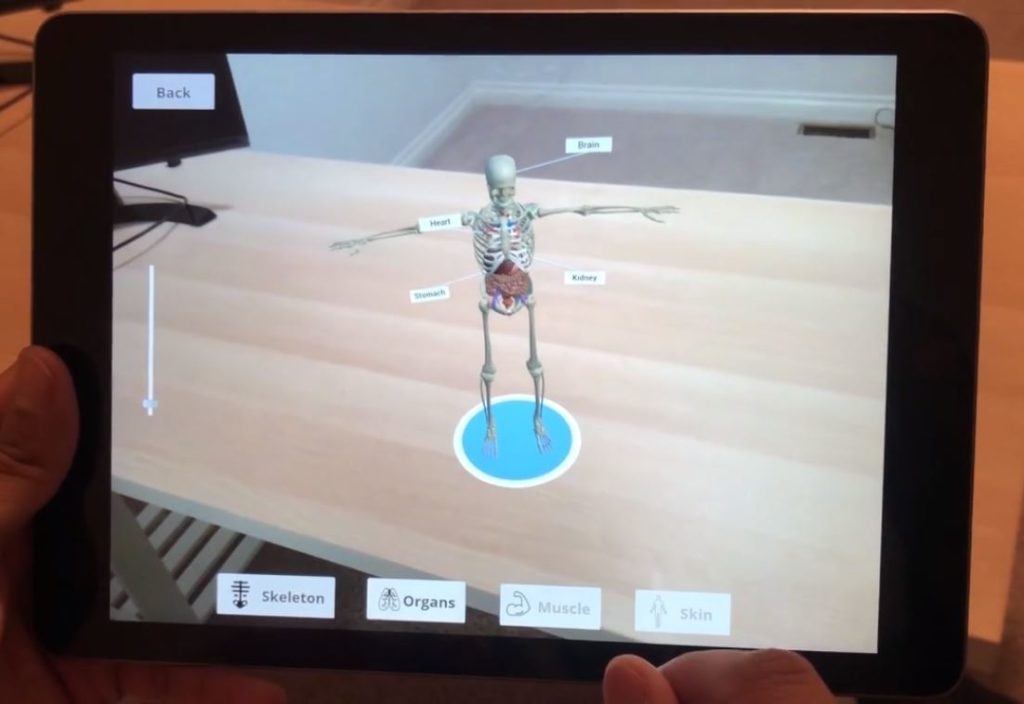
Figure 6: An interactive learning experience of the human anatomy in an AR environment.
Involvement
A traditional eLearning course is designed to help the learner walk from one screen to the next with a simple Next button. It is a one-screen-at-a-time affair. Not so in an immersive learning course. Here the learner can be part and parcel of the course. The learner can travel through the virtual environment and along the way explore, experiment, learn, and engage.
Take for example a fire and safety drill training session (Figure 7). Which of the two would help you grasp a better understanding: simple content with clickable graphics or the experience of being actively involved in a training session?

Figure 7: Practicing fire safety drill in a VR environment.
Active Participation
When juxtaposing the traditional form of eLearning with immersive learning, one can say that the former is a course that a learner takes as an outsider whereas in an immersive learning course, the learner is an equal participant in the learning environment. Learning is not merely reading text, listening to audio, and watching videos. In an immersive learning course, the learner, no doubt, has to listen, read, watch, and at the same time be present in the moment and be an active participant.
For example, if we want to learn about an oil factory, we would prefer to be actively present on the premises and see things for ourselves (Figure 8). This is exactly what immersive learning helps us do. It may be virtual, but the experience is enriching.

Figure 8: A virtual tour of an oil refinery.
What are the advantages of immersive learning?
Worthy or unworthy, essential or optional, these can be some parameters that help establish the usefulness of an idea, product, or concept in this case of eLearning. Ever since the start of the first computer-based training program, the benefits of eLearning have been realized by various industries and wholeheartedly accepted and adopted. This means that eLearning, as a concept, has stood the test of time and proven its worth. Immersive learning is an offshoot of eLearning and needs to establish itself. The many benefits it carries are sure to give it the much-needed impetus.
Let us look at some of the advantages of immersive learning:
- By creating realistic and vivid 3D content, a concept or skill is better presented to a learner. A crystal-clear explanation rules out any possible ambiguity.
- Active participation in a learning process ensures 100% attention, which leaves no room for distraction (Figure 9).

Figure 9: A VR training designed for students to practice the EKG procedure.
- Learning in a distraction-free environment leads to better understanding and retention.
- Creating realistic, life-like scenarios and simulations give the learner practical knowledge of the topic being discussed. This could either be soft skills or technical training.
- Getting hands-on training is one of the best ways to learn a skill and this what immersive learning grants. With the use of technologies like Virtual Reality and Augmented Reality, learning and understanding are entering a new realm.
- Not just learning but teaching can also be a lot more comfortable and convenient with the use of immersive technology. Which of the two would you prefer while teaching the functioning of the human heart: words with static images or a realistic animated 3D representation (Figure 10)? We all know the answer.

Figure 10: A 3D animation describing the human heart’s parts and functioning.
- Immersive learning provides a safe environment, both mental and physical, to learn and master skills. Flying simulators help pilots learn how to fly an aircraft before they move on to the real thing.
- Practice makes a man perfect. With immersive learning, there is no limit to the number of times a skill or concept can be practiced. The learner can practice as much as they feel the necessity for it.
- Be it words or actions, every move in an immersive learning course results in instant feedback. This helps better polish one’s skills.
- Every learner is different in terms of ability, understanding, and skillset. With immersive learning technologies, each learner can learn at their own pace and in a manner most comfortable.
Every new technology leads to changes in our lives. Immersive learning is still in the developing stages and has a lot of ground to cover. It is definitely different from the traditional eLearning methods and has many promising benefits both for learners and trainers. May we call it the future of eLearning?
This post was originally published on elearningindustry.com
